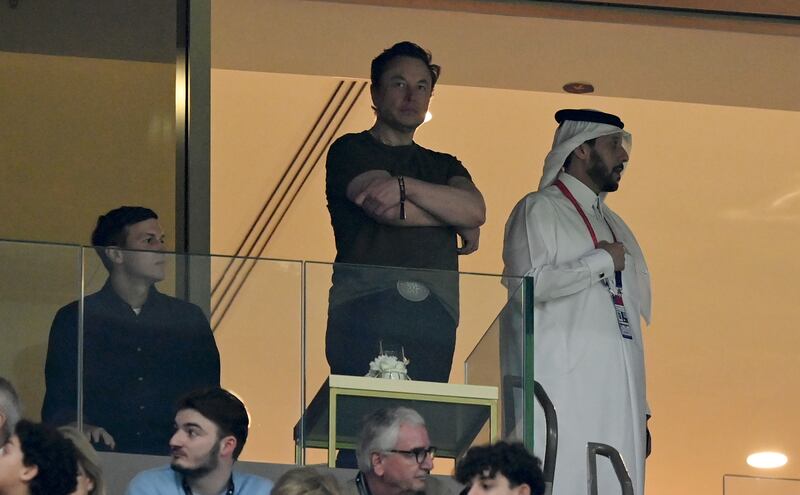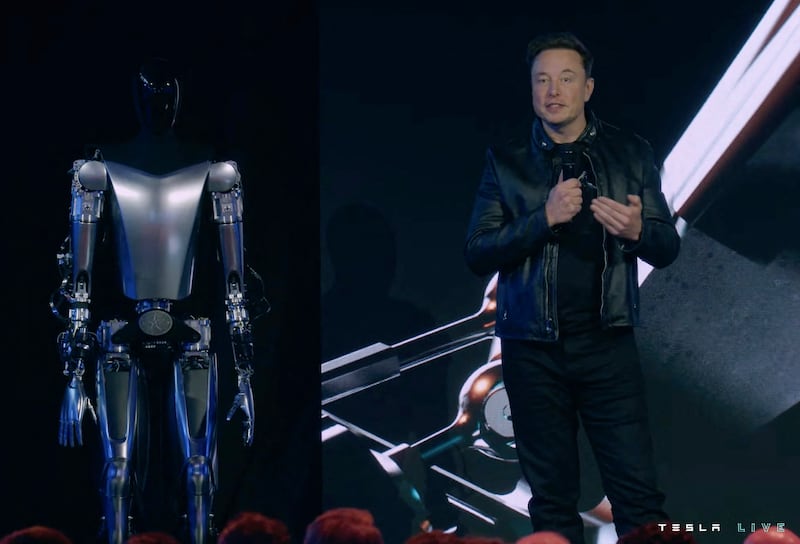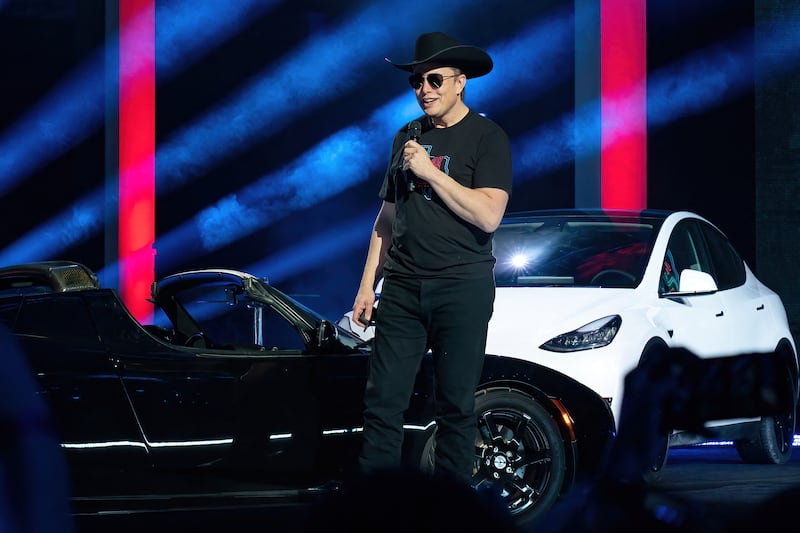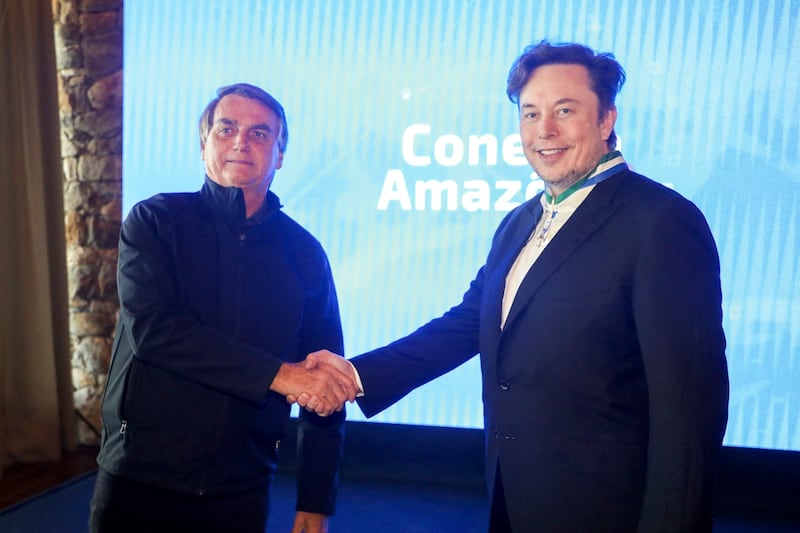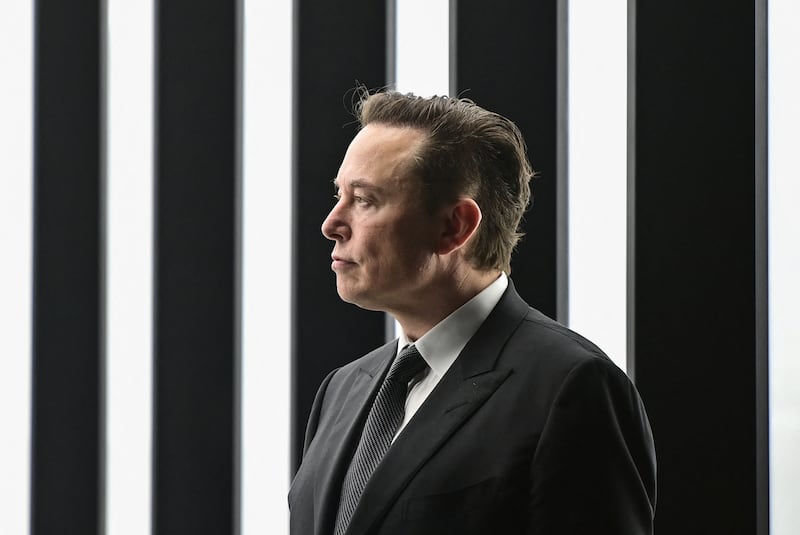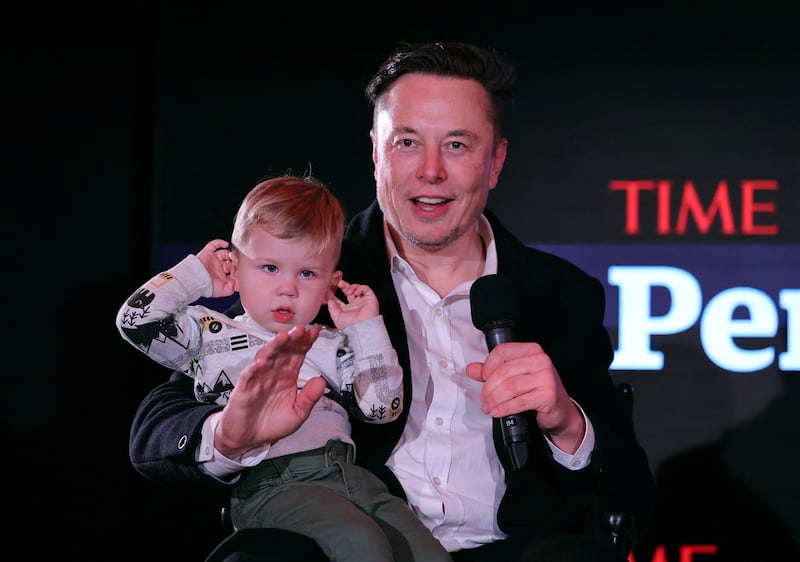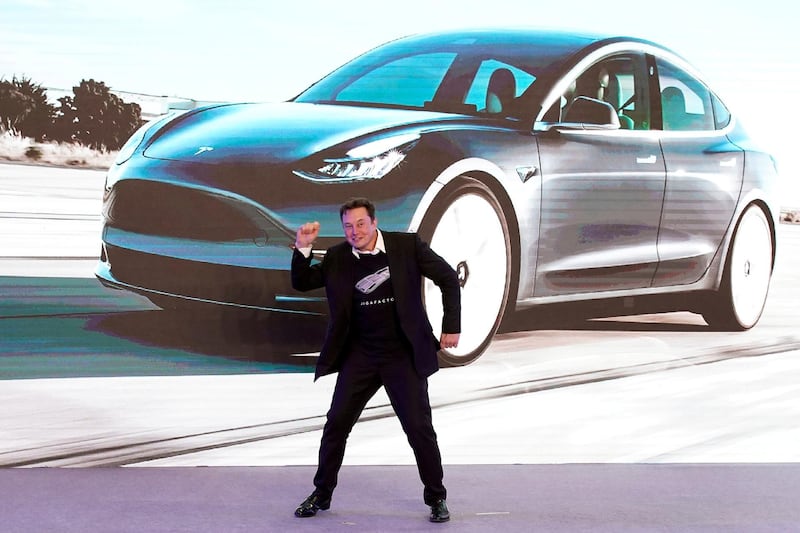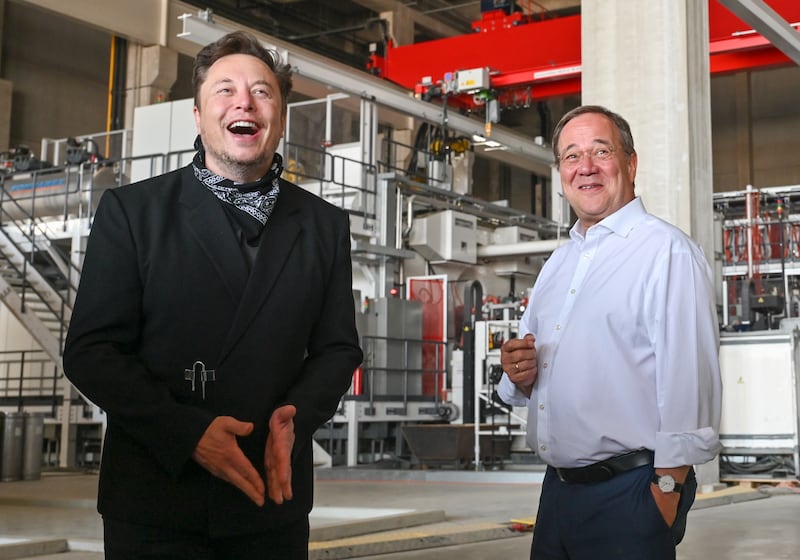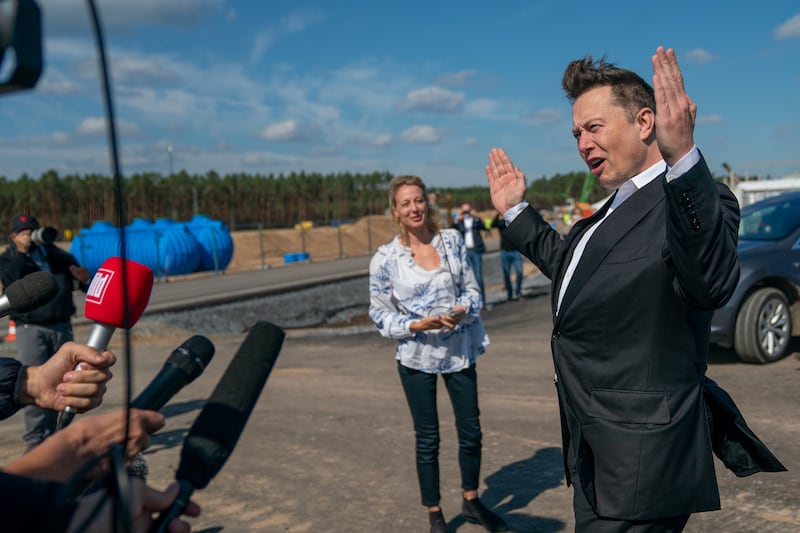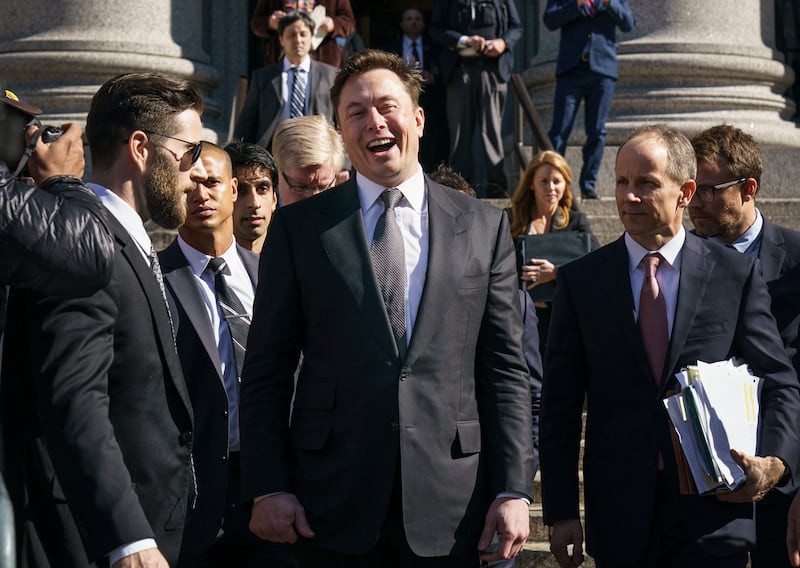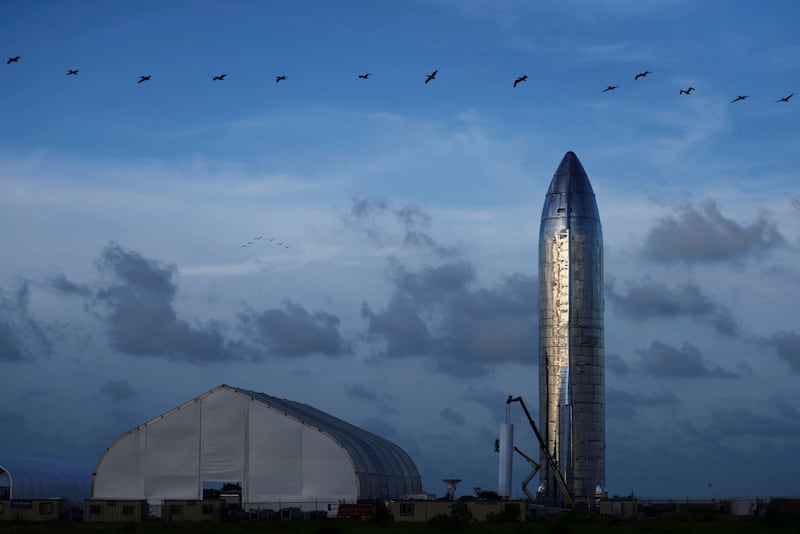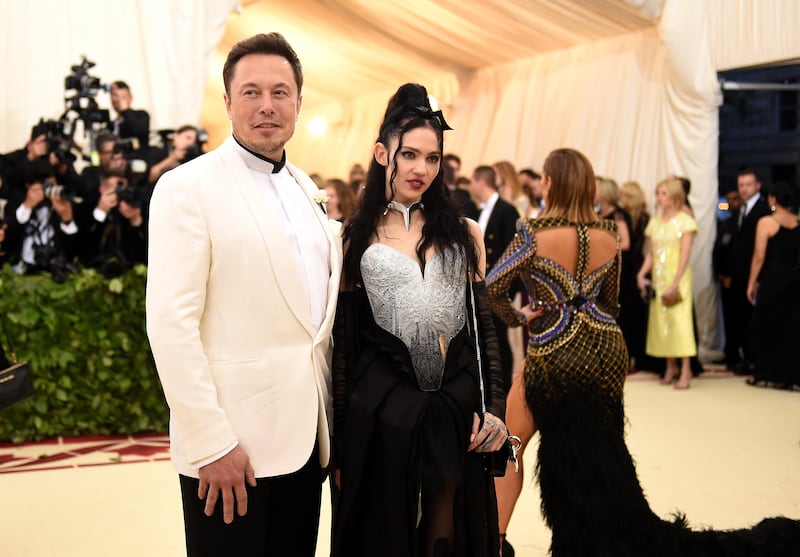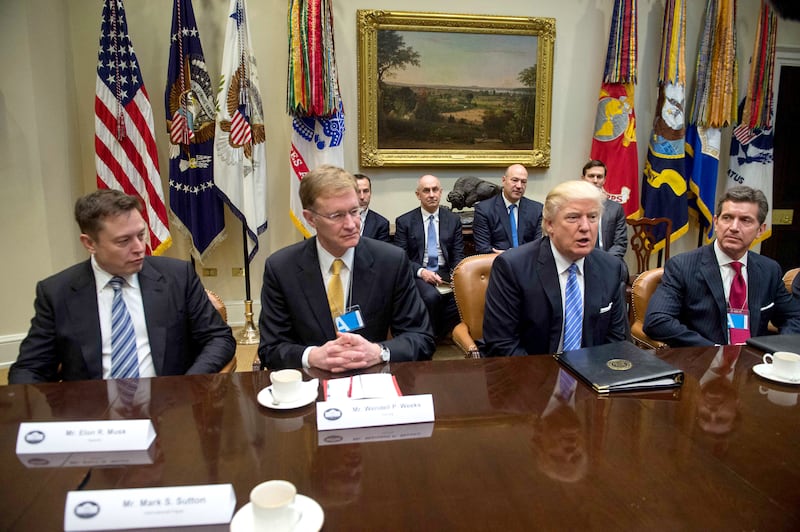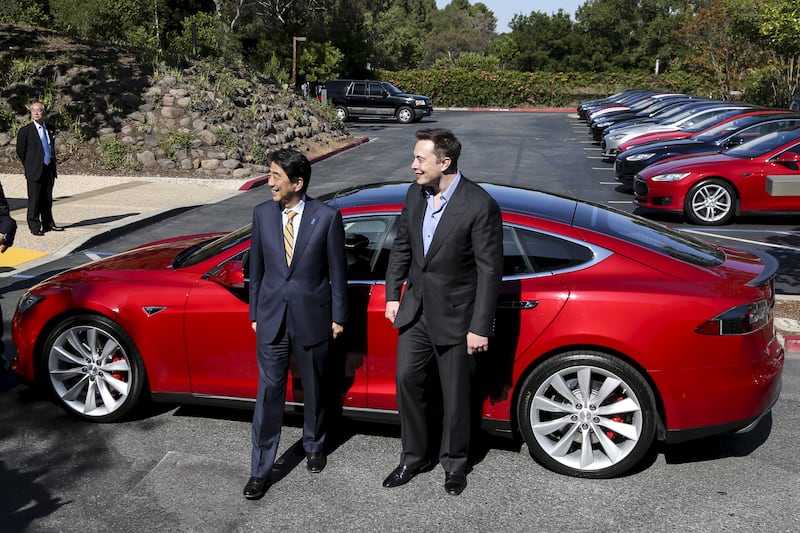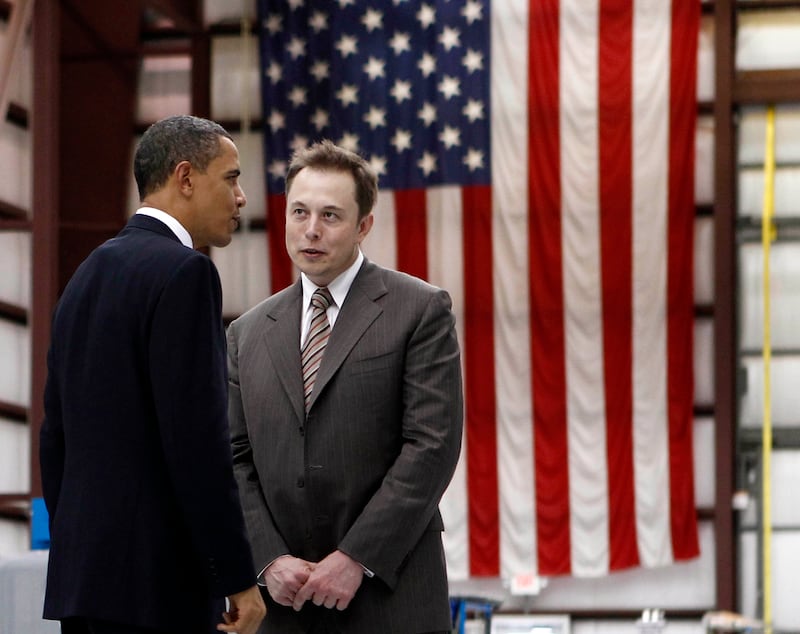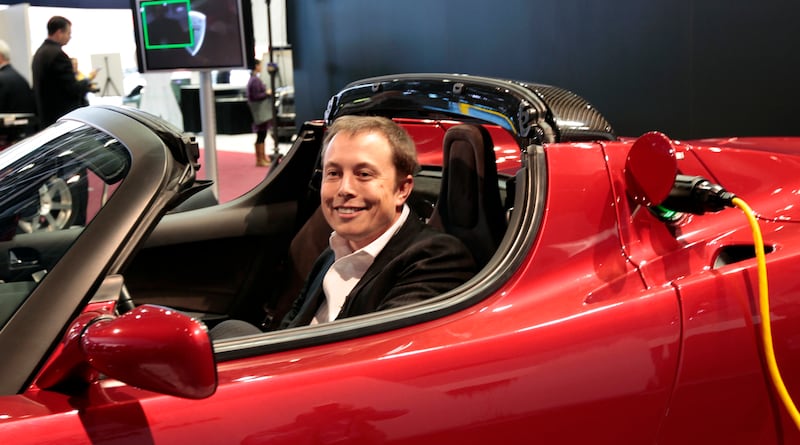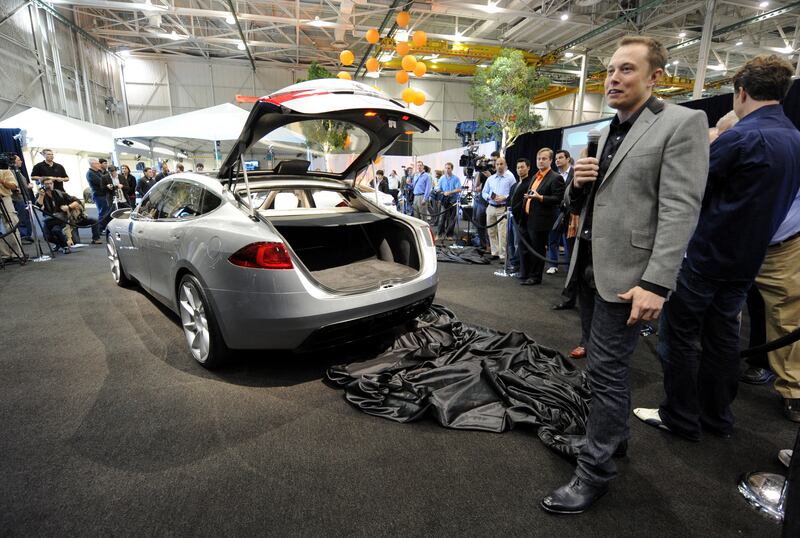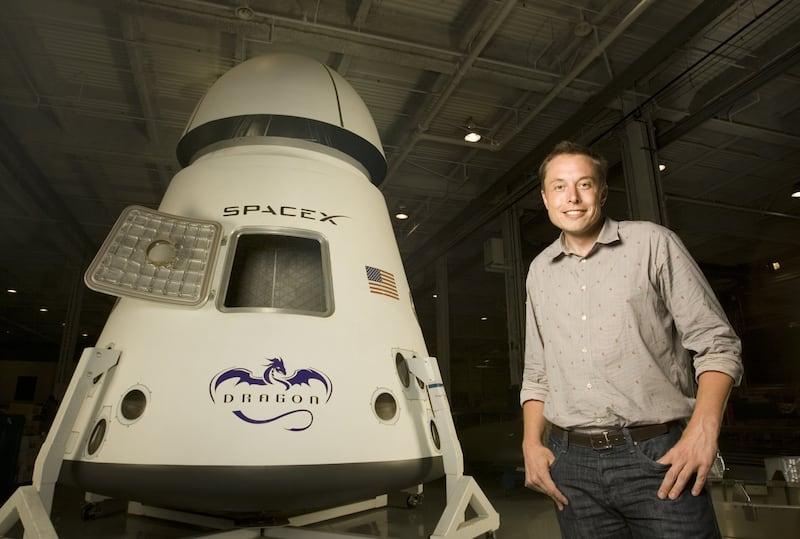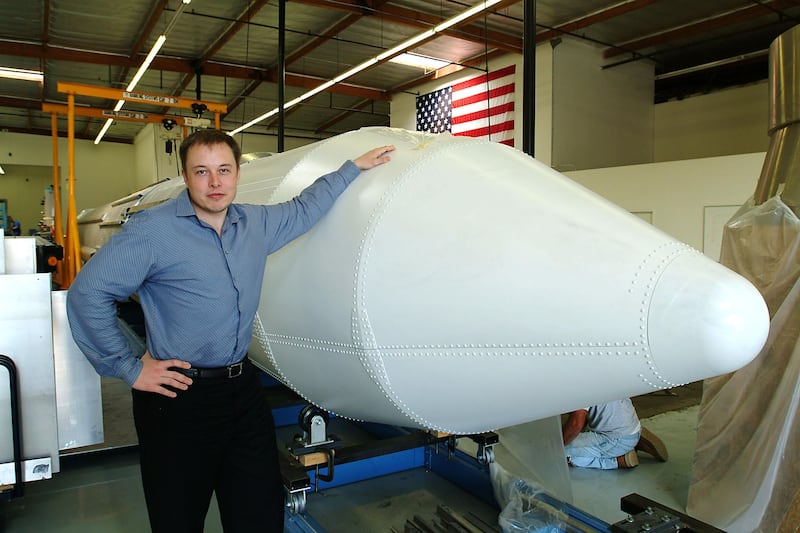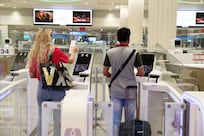Tesla reported a 44 per cent drop in its third-quarter net income driven by a dip in vehicle deliveries as the company’s production was affected due to “planned downtime” at its factories.
The EV giantposted a net profit of more than $1.8 billion during the July-September period, marking Tesla's 17th straight profitable quarter.
But this is the first time in the past eight quarters that the company has reported less than $2 billion in profit.
Shares of the company dropped 4.8 per cent at the close of trading to $242.68 on Wednesday, giving it a market value of $760.43 billion.
The company's shares, which dropped another nearly 4 per cent in after hours trading, are up about 124.5 per cent since the start of the year.
The Texas-based company delivered 435,059 vehicles in the July-September period, down 6.7 per cent, missing analysts’ estimates of 461,640 vehicles.
Meanwhile, vehicle production dipped 10.3 per cent quarterly to 430,488 units in three months to September 30.

However, Tesla’s billionaire chief executive Elon Musk and other company executives indicated in July that vehicle production would slow down during the third quarter due to shutdowns for factory improvements.
Total revenue during the quarter jumped 9 per cent to more than $23.3 billion, missing analysts’ expectations of $24.1 billion. It was 6.3 per cent down on a quarterly basis.
It was the first time Tesla has missed on revenue guidance since the second quarter of 2019, and the fifth time in a row the company reported $20 billion or more in sales.

“It is going to require immense work to reach volume production and be cash-flow positive at a price that people can afford,” Mr Musk said during the earnings call.
“I just want to temper expectations for cyber truck. It’s a great product but financially it will take a year to 18 months before it is a significant positive cash-flow contributor.”
The company's operating income decreased by 52 per cent yearly to almost $1.7 billion while operating expenses surged 43 per cent to $2.4 billion in the third quarter.
The company said its operating income dipped mainly because of idle cost related to factory upgrades, reduced average selling price of vehicles, and increase in expenses driven by the coming cyber truck and other large research and development projects related to artificial intelligence.

Currently, Tesla produces its vehicles in Fremont, California; Austin, Texas; Shanghai, China; and Berlin, Germany.
The company said it remained on track to begin production of its cyber trucks later this year at its gigafactory in Texas.
In the first week of October, Tesla revealed another round of price cuts for its vehicles in the US in a bid to attract more customers.
It was the seventh time this year that the world's biggest electric car maker has made such a move.
“Tesla delivered an underwhelming quarter,” Jesse Cohen, senior analyst at Investing.com, told The National.
"I don't think the price cuts are over, mainly for the reason that demand is still weak … pricing is a key factor that could help Tesla make up for a possible demand drop and boost revenue.
“The big question is if this is just a blip, or signs of a bigger shift among consumers as rising interest rates and a weaker economic backdrop discourage consumers from making big-ticket purchases.”
Tesla, which went public in 2010, said its cash, cash equivalents and investments “increased sequentially by $3 billion to $26.1 billion” in the third quarter.
It was driven mainly by a free cash flow of $800 million and financing activities of $2.3 billion.
Tesla wrote in its letter to stakeholders: “Our cost of goods sold per vehicle decreased to ~$37,500 in third quarter.
"While production cost at our new factories remained higher than our established factories, we have implemented necessary upgrades in the third quarter to enable further unit cost reductions.”

In the previous quarter in its energy segment, Tesla’s solar deployments declined to 45 megawatts. This was due to “sustained high interest rates and the end of net metering in California”, the company said.
Meanwhile, the energy storage deployments increased by 90 per cent year-on-year in the last quarter to 4 gigawatt hours, the company’s highest quarterly deployment ever.
For 2023, Tesla aims to produce about 1.8 million cars.
“We are planning to grow production as quickly as possible in alignment with the 50 per cent CAGR [compound annual growth rate] target we began guiding to in early 2021," the company said.


